
The community of El Soncoyo is on the main highway that runs from Santa Cruz to Tamarindo. It’s just a row of houses along the road where some families that are related to each other live.
The tree that the town is named after is now almost impossible to see in the area. For many years, El Soncoyo was well known because the community burned land to prepare it for agricultural crops. The flames got out of control and ended up destroying the plains, hills and everything in them.
“It was a desolate environment,” recalled Stephanie Rodríguez, who lives there. There were no trees, the hills were dead, and many cows didn’t survive the droughts during those years. “As they say, you learn the hard way,” she added.
Five years ago, the community of El Soncoyo began to take action to reverse what they had caused. They began to reforest the river basin that runs through the farms, to prepare organic fertilizers to revive them, and to stop lighting the fires that they themselves caused.
The Lomas Barbudal fire represented 55.8% of the total protected wildlife areas affected in the Chorotega region
That’s why it’s now possible to see a flock of screeching parrots fly across the sky and the shadow of the yellow hills cast on the green pastures that the dry season hasn’t yet been able to dry.
From Ashes to Biological Corridor
This environmental recovery has taken the community years and they’ve needed support to accomplish it.
The State Distance University (Spanish acronym: UNED) began a project in 2018 to improve forest cover and the ability of fauna to move between Las Baulas National Marine Park and Diriá National Park. To achieve this bridge between the two parks, employees and customers of the ASADAs (rural water boards) of 40 communities located between these state-protected wildlife areas were included in the plans. Among those, El Soncoyo.
Before starting the project, the UNED biologist and researcher in charge of the project, Gabriela Jones-Román, reviewed the landscape using Google Maps photographs to observe where the two parks weren’t connected.
In Santa Cruz, the hills are well covered with vegetation, but in the plains, where production activities have been practiced, the vegetation was cut off in four sectors. One of them was a cattle farm called El Soncoyo. The others were the Josema farm, Las Garzas and La Leona.
With a clear outlook, three objectives were set, said Gabriela.
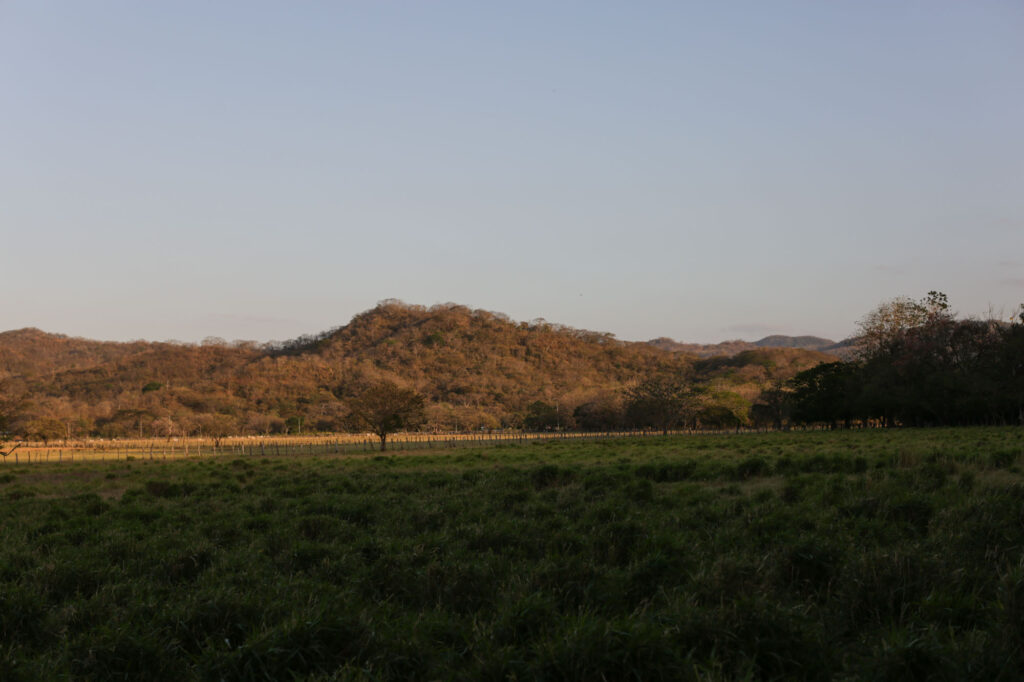
After several months without rain, the pastures are still green in El Soncoyo. Stephanie affirms that by stopping burning in the community, the aquifers have been recharged again.Photo: César Arroyo
The first was to gather information on the species of birds and mammals in the area capable of dispersing seeds. That way, they would plant trees native to the area and the ones that these species feed on, so that they, in turn, could fulfill their function of dispersing seeds in other places.
They were able to count 64 species of pollinating insects, 95 species of resident and migratory birds, and 16 species of mammals.
The second objective was to regenerate forest coverage on the banks of the rivers by planting 10,000 trees.
The third portion was focused on getting the community to understand the importance of conserving their biodiversity through workshops on sustainable practices on their farms, such as training on agroecology, biodiversity and adaptation to climate change, as well as in avoiding fires that could disturb the forest that they were recovering.
“You can take many actions to reforest woodlands and everything, but if you continue to allow the fires to come and stop that natural regeneration process, you’re slowing down everything and you’re losing many species,” explains the biologist.
Today, the dirt road that leads to the El Soncoyo farm is lined with red jocote trees (Spanish plum) and before reaching the farm’s pastures, you have to cross the Arenales River, which had water until mid-February.
According to Stephanie, who, in addition to living in the community, also works as the ASADA’s secretary, the fact that the river had water so late into the dry season was something unthinkable a few years ago.
“Usually in January, we no longer had water in the river, which means that all the things that they’ve been done are working,” she commented.
The dry river looks like a stony path in the shade of large trees and small shrubs that have grown on its banks. Many of them were planted by the community.
Protecting the Water from Fire
It’s very difficult to measure the real impact of all these efforts, said Gabriela Jones-Román. Even though they received donations to buy 65 different species of trees, the severity of the dry season and the floods of the rainy season wiped out many of these trees and prevented them from reaching their goal of planting 10,000.
The biologist thinks that one positive impact from the project was the assistance and interest from people during the project, who are still active in the community and doing conservation work.
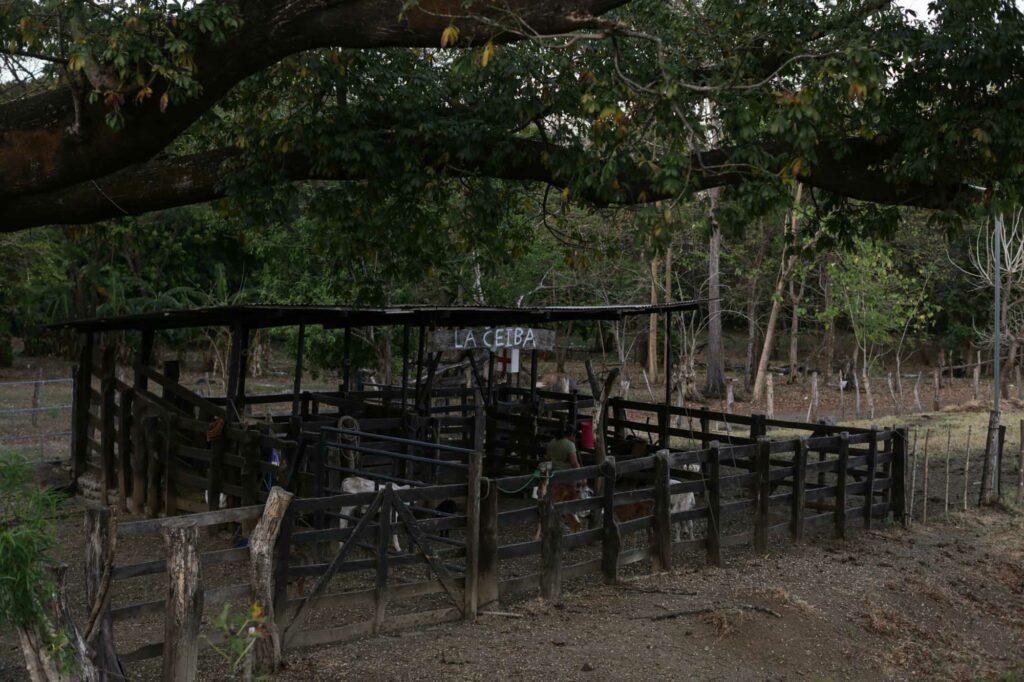
In Santa Cruz the hills are well covered with vegetation, but in the plains where productive activities such as cattle ranching and agriculture have developed, the forest cover is more interrupted.Photo: César Arroyo
Seeking to continue contributing to the community, Stephanie joined reforestation and river cleaning campaigns. She knows that it has been a very slow and complex process. She also knows that a forest fire can mean a huge setback in the work that they have accomplished so far.
“The people themselves saw that they were damaging the soil. Agriculture was no longer working and the corn wasn’t growing, so they decided to not burn and eliminated the use of fire little by little,” explained Stephanie.
Today, Stephanie is even a member of the Bridena Las Delicias Volunteer Fire Brigade, which has been in charge of protecting the Nandamojo riverbed and neighboring communities for six years.
Too little time has passed to really know what the impact has been on the community in recent years, but she affirmed that the water quality has improved, the grass on the plains has stayed green longer, and the air quality has improved.
“El Soncoyo is my stomping ground. Since I was little, it has been my place and I could have left here. I studied, I did many things, but I always decided to return to my land to serve, to at least give back a little of what I was given at some point,” she confessed.


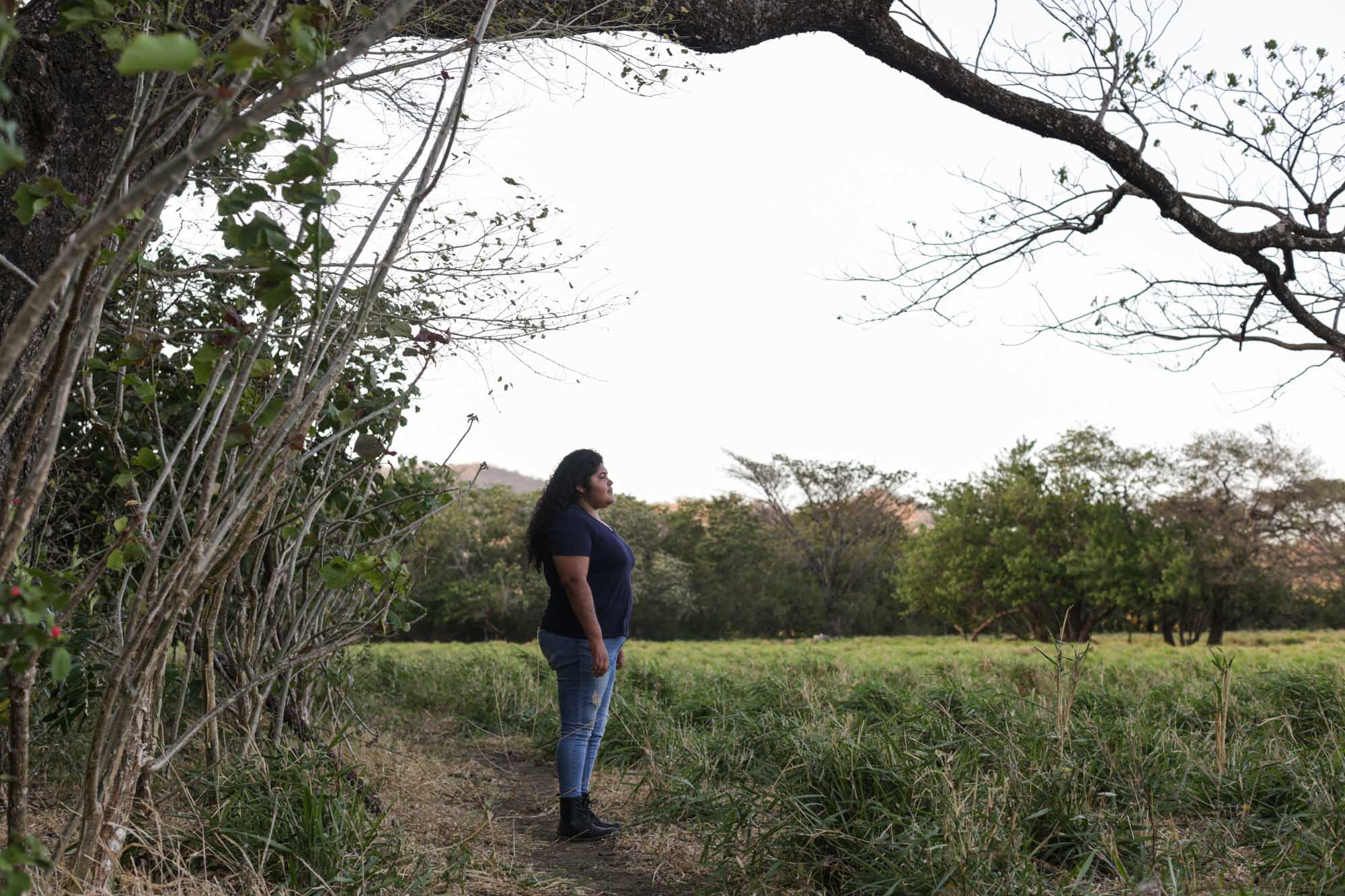
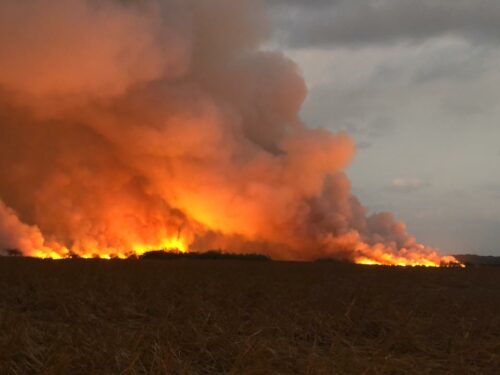
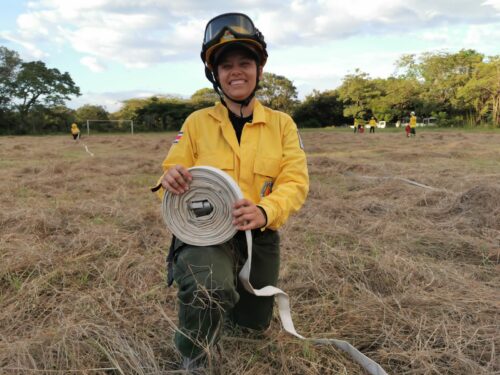
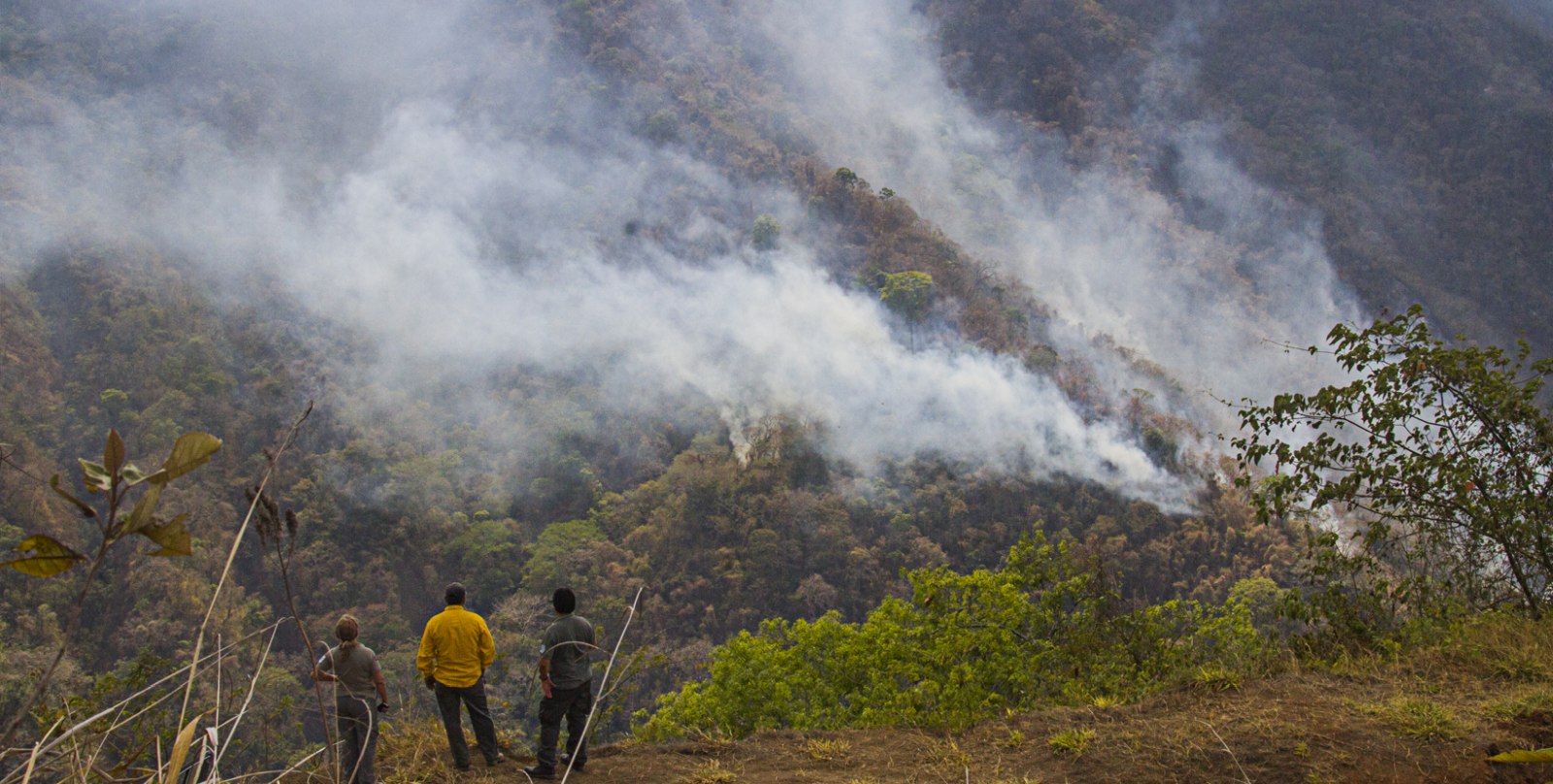

Comments